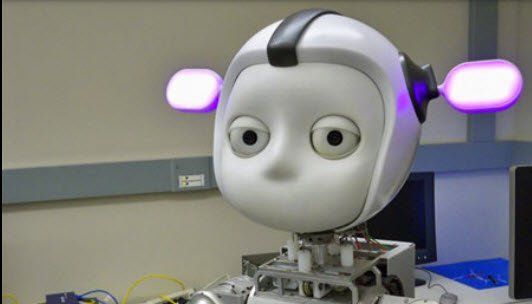Feb 15, 2016
5 Key Gaps In AI that prevents massive layoffs
Posted by Karen Hurst in categories: biotech/medical, business, employment, robotics/AI
The article entitled “Yes Robots Will Steal Our Jobs, But Don’t Worry We’ll Get New Ones” published by Rawstory is a very Interesting Article; however, again, I see too many gaps that will need to be address before AI can eliminate 70% of today’s jobs. Below, are the top 5 gaps that I have seen so far with AI in taking over many government, business, and corporate positions.
1) Emotion/ Empathy Gap — AI has not been designed with the sophistication to provide personable care such as you see with caregivers, medical specialists, etc.
2) Demographic Gap — until we have a more broader mix of the population engaged in AI’s design & development; AI will not meet the needs for critical mass adoption; only a subset of the population will find will connection in serving most of their needs.
















